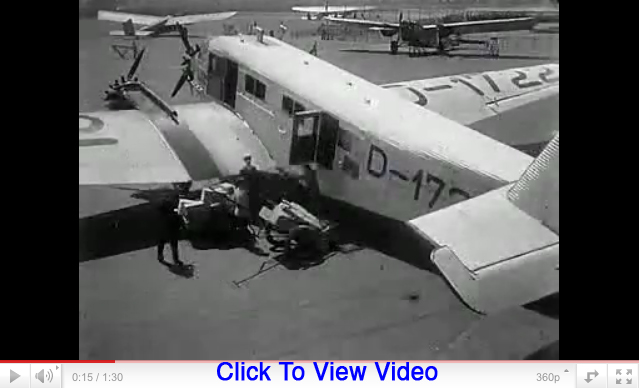| 
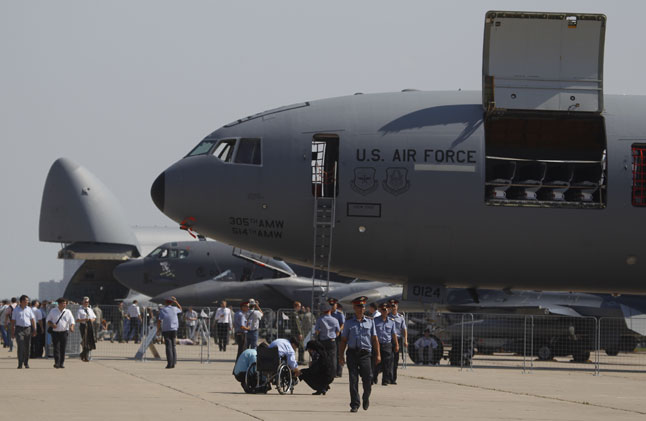
People gather at a display of US Air Force planes during the
MAKS-2011, the International Aviation and Space Show in Zhukovsky,
outside Moscow, Russia this week.
|
The skies above Moscow were alive this
week with 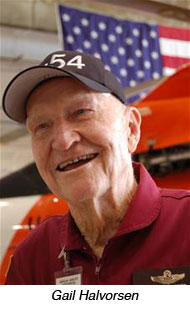 the
2011 MAKS Air Show as air freight in Germany was looking back and ahead
at how it all began, where it stands at present, and what are the future
perspectives. the
2011 MAKS Air Show as air freight in Germany was looking back and ahead
at how it all began, where it stands at present, and what are the future
perspectives.
This and much more is on the table at the cargo community’s gathering
in Frankfurt right now.
The event is being attended by leading aviation
grandes like Lufthansa’s CEO, Christoph Franz; Fraport’s helm,
Stefan Schulte; former U.S. pilot and witness of the Berlin Airlift, Gail
Halvorsen; Lufthansa Cargo’s CEO, Karl Ulrich Garnadt; Boeing’s
VP Sales Europe, Aldo Basile; and Rolls-Royce’s Director Research
and Technology, Richard Parker, all who promise to deliver a wealth of
information covering a multitude of angles on this thrilling industry.
The meeting is held on the occasion of Germany’s
cargo industry celebrating 100 years since the first shipment’s
transport by air. The original date was Saturday, August 19, 1911, when
the editors of newspaper Berliner Morgenpost decided to send some packages
of their issue by plane to Frankfurt/Oder roughly 100 km away.
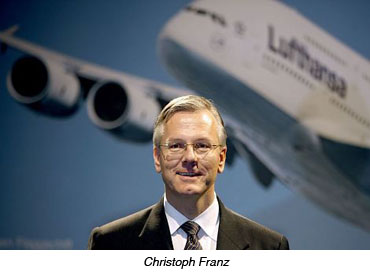 They
knew that their paper would arrive one hour prior to issues sent alternatively
by train, giving them a selling advantage over their competitor’s
products. They
knew that their paper would arrive one hour prior to issues sent alternatively
by train, giving them a selling advantage over their competitor’s
products.
So time played the decisive role in this,
the first commercially spurred air transport – and it still does.
Meanwhile, millions of tons have been exported
and flown out of the country since then as many markets request a great
number of German-built products, be it cars, machines, healthcare and
wellness items, tools, or consumer goods.
Imports are thriving, too. However, the
amount of goods transported by freighters in the lower decks of passenger
aircraft constitutes only a meager one percent of the total exports and
imports. But their value accounts for almost 40 percent of all products
sent abroad, be it by rail, water, road or air.
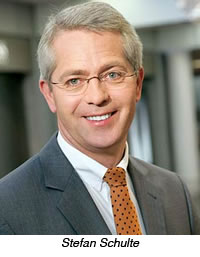 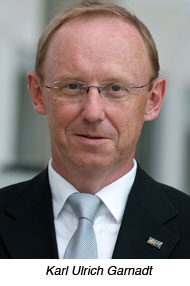 Thus
air freight is indispensable for the well being of the nation’s
economy, enabling new business horizons, securing jobs plus income, and
strengthening the enterprise’s global market presence. Unless something
unprecedented happens in the coming months, the German logistics sector
is expected to turn over 193 billion euros this year. Thus
air freight is indispensable for the well being of the nation’s
economy, enabling new business horizons, securing jobs plus income, and
strengthening the enterprise’s global market presence. Unless something
unprecedented happens in the coming months, the German logistics sector
is expected to turn over 193 billion euros this year.
According to official statistics, logistics
is ranked third in the country’s national economy, right after automotive
and trade. So it’s a mighty industry that is, despite its might,
increasingly challenged by stricter environmental decrees, growing fuel
costs, tightening security regulations, and foul play by some nations
that distort competition by granting their carriers and logistics players
one-sided subsidies.
What this industry lacked one hundred years
ago and still lacks is a binding universal framework for competing on
a level playing field. It is doubtful whether that will have changed in
a hundred years when the next centenary of this industry will be celebrated.
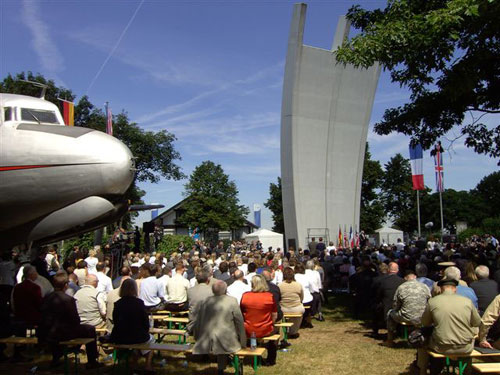 History
Not To Be Overlooked . . . History
Not To Be Overlooked . . .
Although this place for some
reason is not hosting an event this week, one of the most important
years in the history of air cargo and Germany occurred 1948-49 when
legions of freighter aircraft, even converted bombers supplied the
besieged city of Berlin by air.
The Berlin Airlift Memorial at Frankfurt
International Airport Cargo City Sud, that includes a C-54 and DC-3
cargo plane is easily reachable by airport bus or by local airport
taxi.
A stirring, lovely and unforgettable
part of the memorial is the iconic "Hunger Fork" sculpture
that commemorates air cargo saving a great city, now the capital
of Germany.
Not to be missed.
Geoffrey Arend
|
Here are some highlights of the Frankfurt-held
conference and panels:
•
Mega hubs and airport cities – drivers or
bottlenecks in global supply chains
•
Safe sky – air freight in intermodal supply
chains
•
Blue sky – contribution of the air freight
industry to sustainable transportation
•
Customer focused mobility – which future demands
must be fulfilled
Former Secretary of State and protagonist
of the German Green party, Joschka Fischer, will round up the program
with his thoughts on the necessities for sustainable air transportation.
Heiner Siegmund |




